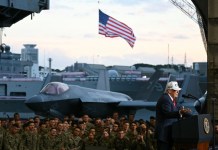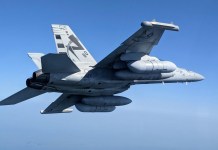In 2017, despite stern US warnings, Turkey decided to buy the Russian S-400 Triumf air defense system. At the time, it was hailed as a bold move, which would send a clear message to Washington that Ankara had options!
The US reaction was quick and unforgiving. Turkey, a member of the F-35 Lightning II Joint Strike Fighter (JSF) program since 1999, was removed from the program.
Turkey, however, put up a brave face. It said it will develop its own stealth fighter jet, the KAAN, and will upgrade its large fleet of F-16 Falcons on its own.
Ankara boasted that soon countries will buy KAAN instead of the F-35, and that many other countries will approach Turkey to upgrade their F-16 fleets.
For some years, the policy seemed to work. From Saudi Arabia to the UAE, Qatar to Pakistan, many countries expressed interest in the KAAN. Turkey’s Turkish Aerospace Industries (TAI) is also in talks with Islamabad to upgrade Pakistan’s 74 F-16 fighter jets.
However, eight years after that fateful decision, Turkey’s policy is unraveling at supersonic speed. The chickens have finally come home to roost for Turkish President Recep Tayyip Erdoğan.
In a move described as strategic but betraying Ankara’s deep anxieties about losing its regional air-power edge, Erdogan is visiting a host of Middle Eastern capitals to buy second-hand fighter jets.
From the dreams of selling these oil-rich kingdoms’ fifth-generation stealth fighter jet KAAN, to pleading with them to give their used European jets, Erdogan’s bold geopolitical move has come full circle.
Erdogan wanted to show the US that Ankara has other options as well; eight years down the line, it’s dawning on him that these options are knocking on the doors of Middle Eastern countries, which Turkey considers inferior to itself in military power and technology, to buy their used jets.
7 Crashes In One Year! What’s Going Wrong With F/A-18 Super Hornets & Its EW Variant Aircraft?
Turkey Pleads Qatar, Oman For Used Eurofighters
Turkey is negotiating with Qatar and Oman to acquire used Eurofighter Typhoon fighter jets as part of its effort to bolster its air force capabilities, President Erdogan told journalists last week.
Turkey is planning to acquire dozens of Eurofighters and other advanced jets as a stopgap measure to strengthen its fleet until its domestically developed fifth-generation KAAN fighter jet becomes operational.
“We discussed the ongoing negotiations with the Qatari and Omani sides regarding the purchase of Eurofighter warplanes,” Erdogan told journalists on October 23 during a flight returning from a Gulf tour that included Qatar and Oman.
Notably, in July this year, Turkey and the United Kingdom signed a preliminary agreement for the sale of Eurofighter Typhoons. The Eurofighter Typhoon is a 4.5-generation fighter jet produced by a consortium of four nations: the UK, Germany, Spain, and Italy.
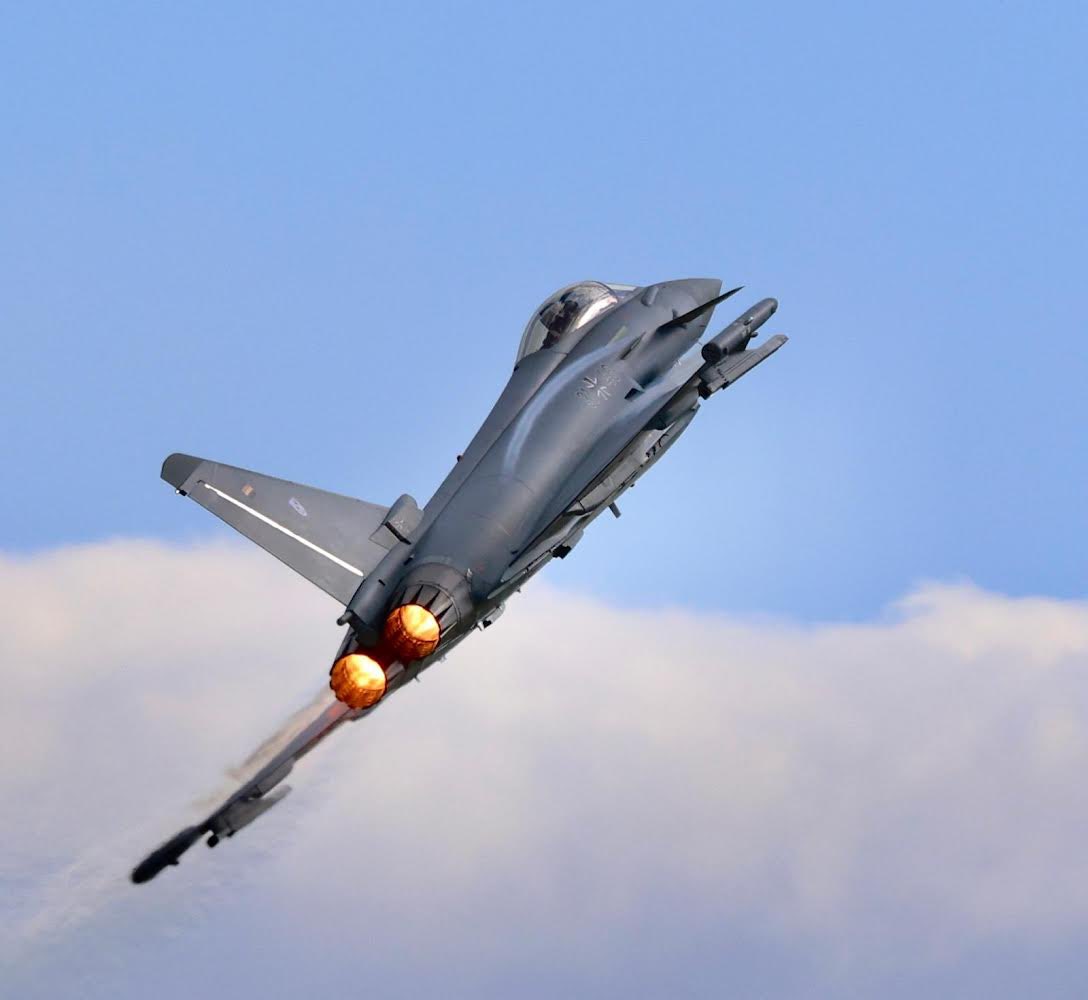
Any Eurofighter sale requires unanimous approval from all four partners. In the past, Germany has repeatedly blocked the sale of Eurofighter jets to Turkey due to its human rights record.
However, even for buying used Eurofighters, Turkey would require a waiver from the four consortium members of the fighter jet.
According to Reuters, Eurofighter consortium members Britain, Germany, Italy, and Spain would approve the second-hand sale proposal, in which Qatar and Oman would provide Turkey with 28 new jets in the coming years, pending a final purchase agreement.
Erdogan is expected to host British Prime Minister Keir Starmer and German Chancellor Friedrich Merz later this month, when agreements could be sealed.
Meanwhile, Turkey, a member of NATO, is also pursuing the country’s return to the U.S.-led F-35 fighter jet program, from which it was removed in 2019.
Turkey is trying to get a Presidential “waiver” from the CAATSA sanctions that were imposed on it for buying the Russian S-400.
According to sources, while both the US and Turkey have expressed a desire to resolve the CAATSA sanctions issue, Erdogan failed to do so during his September meeting with Trump at the White House.
Erdogan’s desperate efforts to placate Trump on one side, Germany on the other side, at the same time, pleading with Qatar and Oman to buy their used jets, underline Turkey’s rising anxiety over losing its air power edge in a region that is fraught with tensions and suspicions.
Turkey Losing Aerial Power Edge
Turkey sees itself as heir to the Ottoman Empire and a regional hegemon in the Mediterranean and West Asia.
In the region, Turkey has two primary adversaries: Israel and Greece.
Israel already operates a highly customized version of F-35, known as the F-35 Adir. Tel Aviv has already received 46 of these fighter jets.
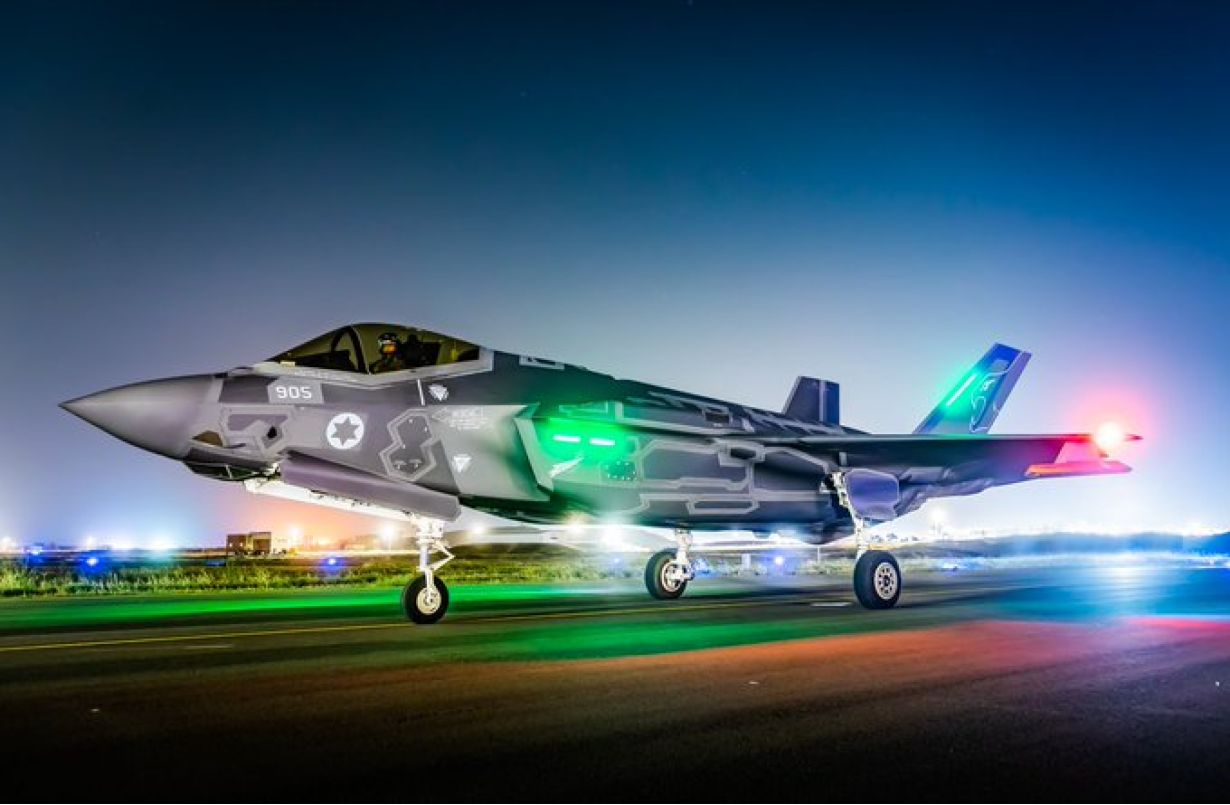
Israel has signed contracts for a total of 75 F-35Is, with the remaining 29 expected to be delivered by 2030.
Greece does not yet operate any F-35s, as deliveries are scheduled to begin in late 2028 (first batch) and continue through 2030. The Hellenic Air Force has formally ordered 20 F-35A aircraft under a US$3.5 billion deal signed in July 2024, with an option to purchase an additional 20 (for a potential total of 40).
Greece also operates a fleet of 24 Dassault Rafale F3R multi-role fighter jets in the Hellenic Air Force (HAF), assigned primarily to the 332nd “Hawk” Squadron at Tanagra Air Base. This includes 18 single-seat Rafale variants and six two-seat Rafale variants.
During the last two years, Israel has struck Syria, Gaza, Lebanon, Iran, Yemen, and Qatar. Turkey fears it could be next as Ankara has provided diplomatic, financial, and military support to Hamas for years.
Turkish and Israeli interests are increasingly at odds in Syria as well. Iran had Russian air defense systems, and Qatar hosts the largest US military base in the Middle East, as well as advanced US air defense systems.
Despite the presence of these AD systems, Israel was able to hit these countries with no apparent trouble, increasing anxieties in Ankara.
Turkey has concluded that it simply can not wait years for KAAN to become operational and needs a potent stopgap solution in the meantime to maintain credible deterrence against Israel and Greece as well.
Turkish officials have stated that the country plans to acquire a total of 120 fighter jets — 40 Eurofighters, 40 U.S.-made F-16s, and 40 F-35s — as a transitional fleet until the KAAN is expected to enter service.
So, was the S-400 worth the pain Turkey is going through now for buying new fighter jets?
S-400 vs. F-35
At the outset, it should be noted that an air defense system cannot be compared to a stealth fighter jet.
An air defense system is a defensive platform that denies your adversary air superiority and protects against incoming aerial threats, such as drones and missiles.
On the other hand, the F-35 is an offensive platform, developed to penetrate and launch punitive air strikes in a contested environment.
Both the S-400 and the F-35s are combat-proven.
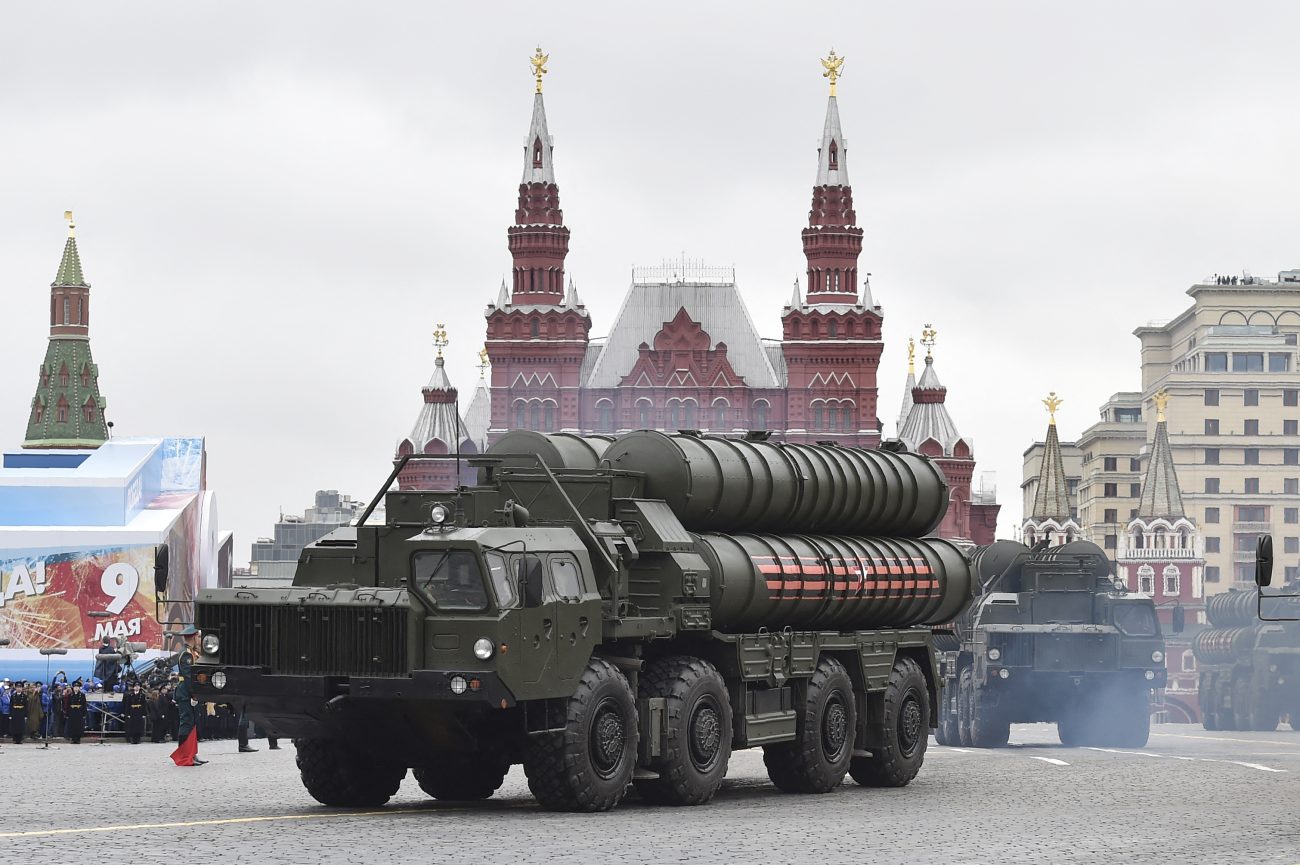
The S-400 has been combat tested in Ukraine, where it has been credited with shooting down F-16s. The S-400 has also been combat-tested in India, where New Delhi has credited it with the longest surface-to-air kill in history.
According to New Delhi, the S-400 shot down a large Pakistani plane (probably an AEW&C) at a distance of nearly 300 km.
In fact, New Delhi is so impressed with the S-400’s capabilities that, according to Indian media reports, it is considering doubling its initial order of five S-400 batteries to 10 units.
On the other hand, the Lockheed Martin F-35 is the world’s most-produced and most desired fifth-generation aircraft.
The F-35 has also proven itself in combat in the recent Israel-Iran war, where the IDF was able to launch multiple air strikes inside Iran with no trouble.
In fact, even during the much-publicized B-2 bomber strikes on the Iranian nuclear program, it was the F-35s that were leading the strike formation.
During the B-2 bombings, the F-35s, along with the F-22 Raptors, led the mission. They moved ahead of the B-2 bombers, conducting air superiority and defense-suppression missions to clear the way for the B-2s to operate safely and effectively.
Speaking at the second quarter earnings call in September, Lockheed Martin CEO Jim Taiclet said that the F-35s led the B-2 Spirit bombers during the bombing mission on Iran’s nuclear sites on the morning of June 22nd.
Heaping praises on the F-35, Taiclet pointed to the aircraft’s performance in Operation Midnight Hammer. Taiclet emphasised that the mission was led by the F-35 and F-22, adding that these fighters provided air dominance and defense suppression required for the bombers to reach Iran’s hardened nuclear sites.
“Our platforms operated essentially undetected in highly defended and contested airspace, underscoring the value of advanced stealth, superior electronic warfare, and broadband communications capability,” he asserted.
In the Iran-Israel war, Israel’s F-35I “Adir” jets, customized with extended-range fuel systems and domestically developed electronic warfare suites, conducted deep-penetration raids inside Iran under Operation Rising Lion.
These missions targeted Iran’s nuclear facilities, missile sites, and air defenses. The F-35’s stealth proved critical for these missions.
“The aircraft flew deep into Iranian territory, encountered little resistance, and returned without a single recorded loss,” the Israeli officials had said in their media briefing.
The F-35’s ability to detect, geolocate, and neutralize radar-emitting threats, such as Russian-supplied air defense systems, enabled Israel to dismantle Iran’s command-and-control networks, blinding its defenses for subsequent strikes.
Also, it is anybody’s guess whether the S-400 can detect the F-35 and shoot it down, or whether the F-35 can detect the S-400 AD systems and neutralize them. Who holds the edge between two very capable platforms is a difficult guess.
Turkey desperately wants to rejoin the F-35 program. The big question is: was Erdogan’s decision to acquire the Russian S-400 AD system worth all the trouble?
Eight years down the line, Erdogan must have realized that he vastly overestimated his options, which are coming down to buying second-hand fighter jets.
- Sumit Ahlawat has over a decade of experience in news media. He has worked with Press Trust of India, Times Now, Zee News, Economic Times, and Microsoft News. He holds a Master’s Degree in International Media and Modern History from the University of Sheffield, UK.
- VIEWS PERSONAL OF THE AUTHOR.
- He can be reached at ahlawat.sumit85 (at) gmail.com


